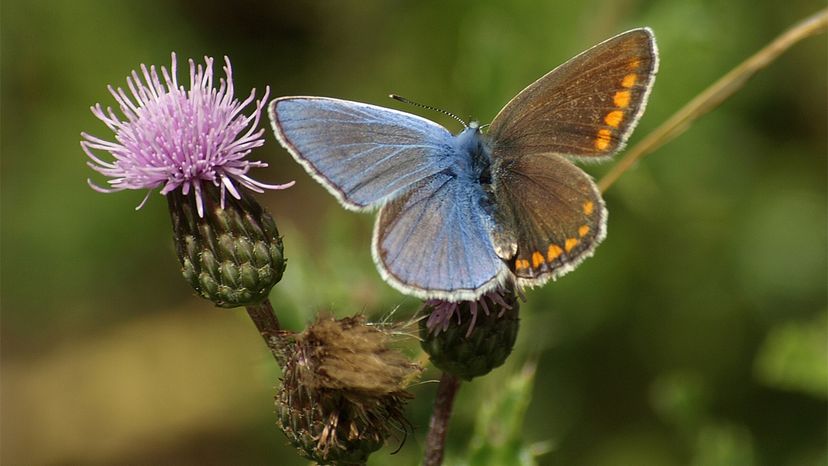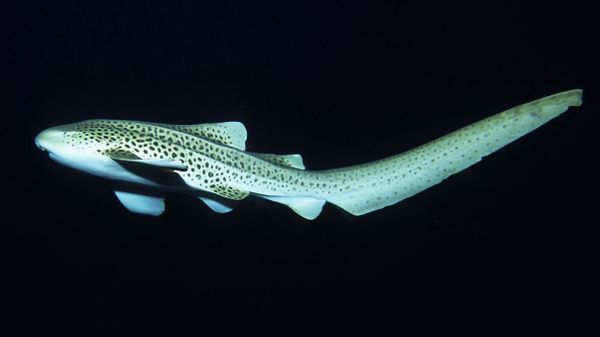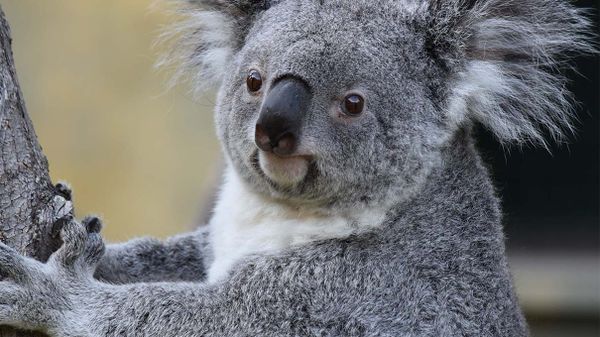
Earlier this year, a sighting of a rare cardinal thrilled countless birdwatchers when it appeared in a Pennsylvania backyard. The bird, whose plumage was split practically down the middle — one side a cherry-red, the other a soft mix of yellow and brown — is a type of animal known as a gynandromorph. Although they sound like something straight out of a sci-fi novel, gynandromorphs are very real — if not entirely common. These animals are unique because they exhibit both male and female physical traits.
More specifically, this colorful cardinal is a bilateral gynandromorph, meaning that one side of the body takes on female secondary sex characteristics, and the opposite side the male characteristics. Although reproductive organs do sometimes match up with the sex-specific physical features — i.e., ovaries appearing on the female side and testes on the male side — this is not always the case.
Advertisement
You might also refer to this creature as a "sexual mosaic" or a type of male-female chimera. Chimera is a word that has its roots in Greek mythology and refers to a being who carries two separate sets of DNA. Dating back to at least the 1800s, scientists have observed gynandromorphs in nature. They've been especially well-observed in insect and crustacean populations. Among vertebrates, gynandromorph birds — known as half-siders among avian enthusiasts — have received the most attention.
But how do these gynandromorphs form? Long-standing scientific theories have focused on the loss of a sex chromosome at the stage of mitosis, or cellular division, which has commonly been described as the process by which fruit fly gynandromorphs form. Although for certain species, like crustaceans, an imbalance of sex-determining hormones has also been shown to influence gynandromorphism. But more recent theories challenge the idea of chromosomal loss, specifically in the case of gynandromorph birds like our cardinal friend. In birds, sex chromosomes are designated as Z and W. These present in males as two Z chromosomes (ZZ) and in females as one Z and one W chromosome (ZW). Sometimes, issues during meiosis lead to the fertilization of a female pronucleus or egg cell — which normally unites with a male pronucleus to form an egg fertilized with sperm — with both a Z and W chromosome. And bingo — a gynandromorph baby bird is born.
Although it could be easy to confuse gynandromorphs with intersex organisms, there are differences between the two types of animals. Intersex creatures possess genetically similar tissue throughout their bodies. On the other hand, gynandromorphs contain genetically diverse tissue, causing some cells in gynandromorphs to be female and others male.
So, in short: Yes, animals can be half male and half female, though their rarity makes sightings like these a treasured delight.
Advertisement

